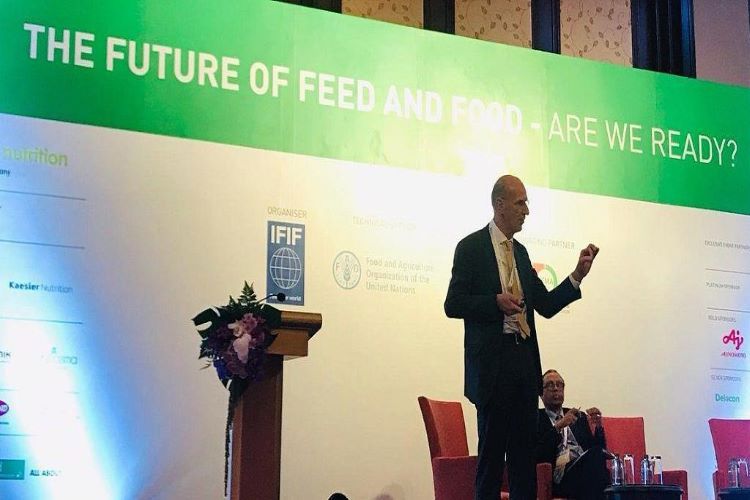Trouw Nutrition presents research to help measure and tackle sub-optimal farm animal productivity
Trouw Nutrition, a global leader in animal feeding solutions and services, has showed that, on an average the productivity of farm animals worldwide is 30-40% below their genetic potential. This yield gap can be effectively tackled by applying key animal nutritionsolutions.

With our global population set to rise to almost 10 billion by 2050, the world’s food systems are under pressure to meet growing demand and ensure healthy diets for everyone. Specifically, our agricultural systems will need to increase productivity by over 50% by 2050, compared to 2012. What’s more, for optimal use of land, about a third of recommended adult protein consumption should come from animal sources.
Nevertheless, around the world, farm animals are currently delivering a performance that is between 30 and 40% less than their full genetic potential. Sub-optimal conditions and animal health are primary causes of this yield gap; better nutrition can help support farm animal health and significantly improve their performance.
To address these challenges, Trouw Nutrition has developed a range of innovative animal nutrition solutions that drive farm animal performance, including better early-life nutrition, solutions that reduce the need for antibiotics, and precision-feeding technology. In particular, by improving young animal nutrition, applying feed-farm-health management strategies and speeding up the quality control of raw material feed ingredients, new levels of farm animal performance can be unlocked.
Prof. Leo den Hartog(in picture), Director R&D at Nutreco, and Professor in Animal Nutrition in Circular Economy at Wageningen University commented at the 6th Global Feed & Food Congress in Bangkok, Thailand: “More than ever, our world needs to embrace a more circular approach to food production. Innovations in animal nutrition can play a crucial role in improving the performance of farm animals and drive more sustainable food production for generations to come.